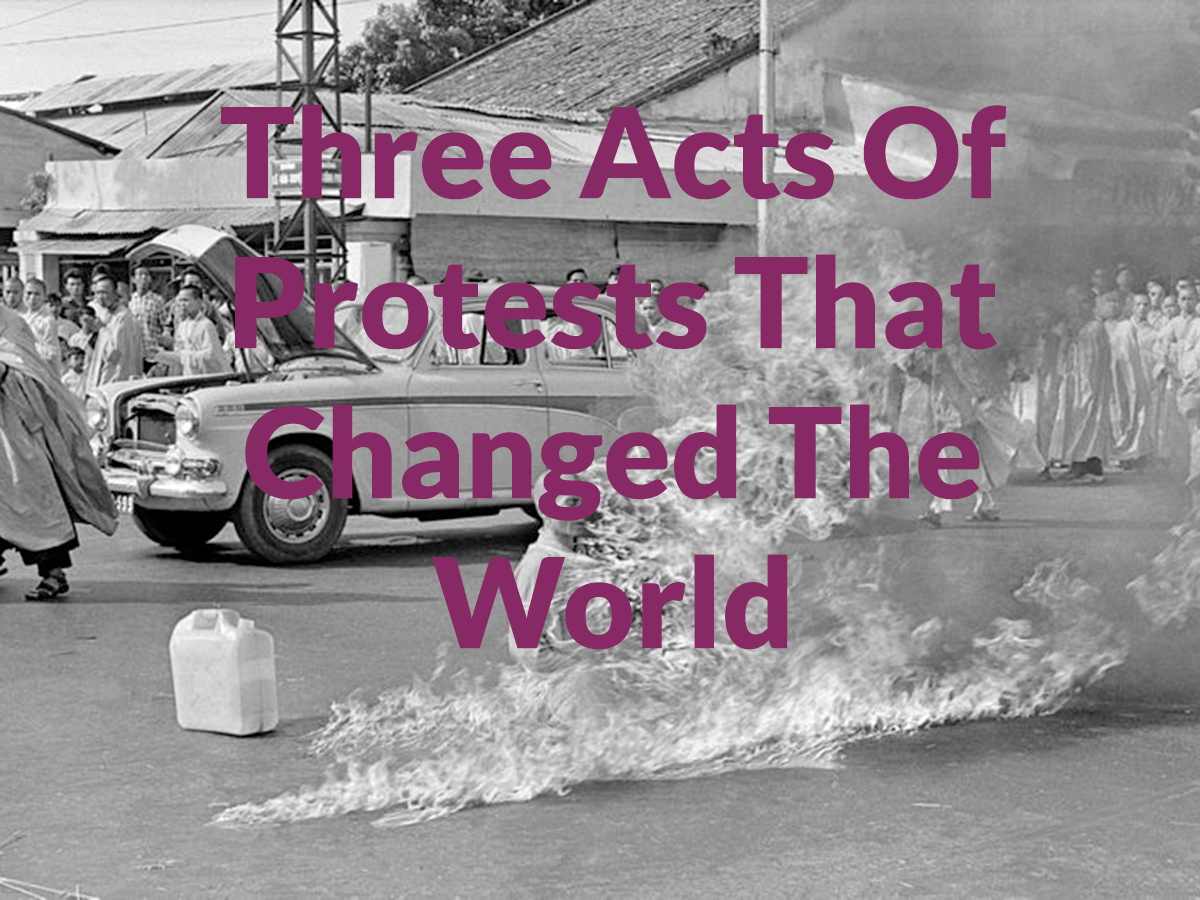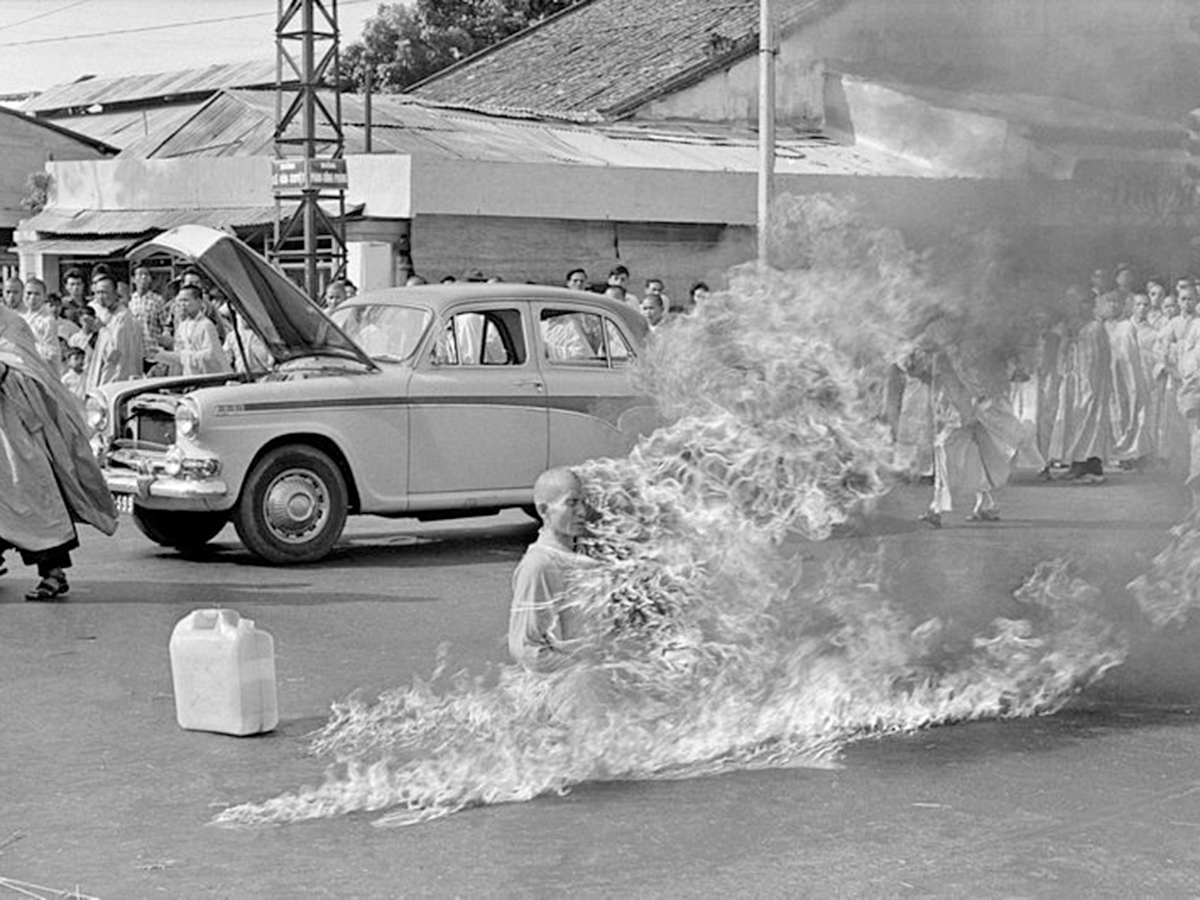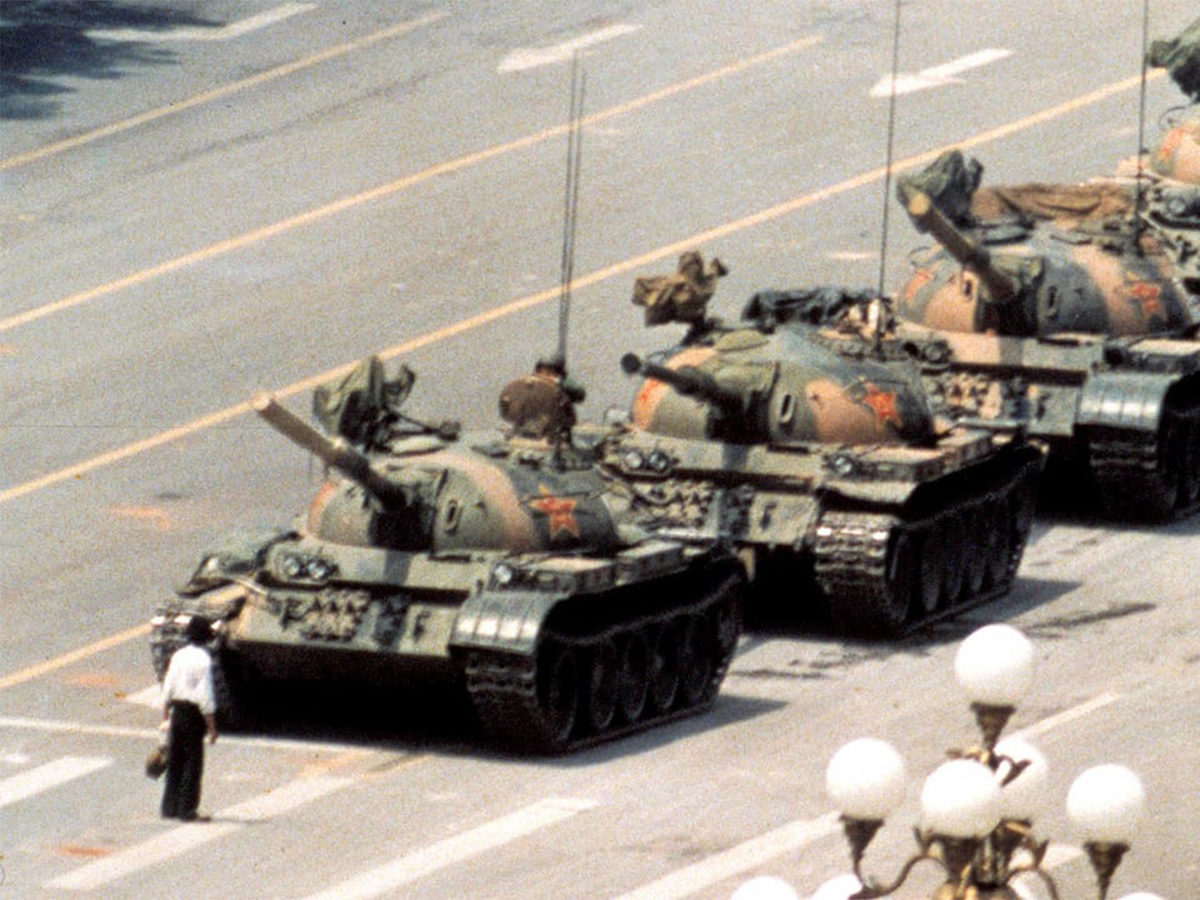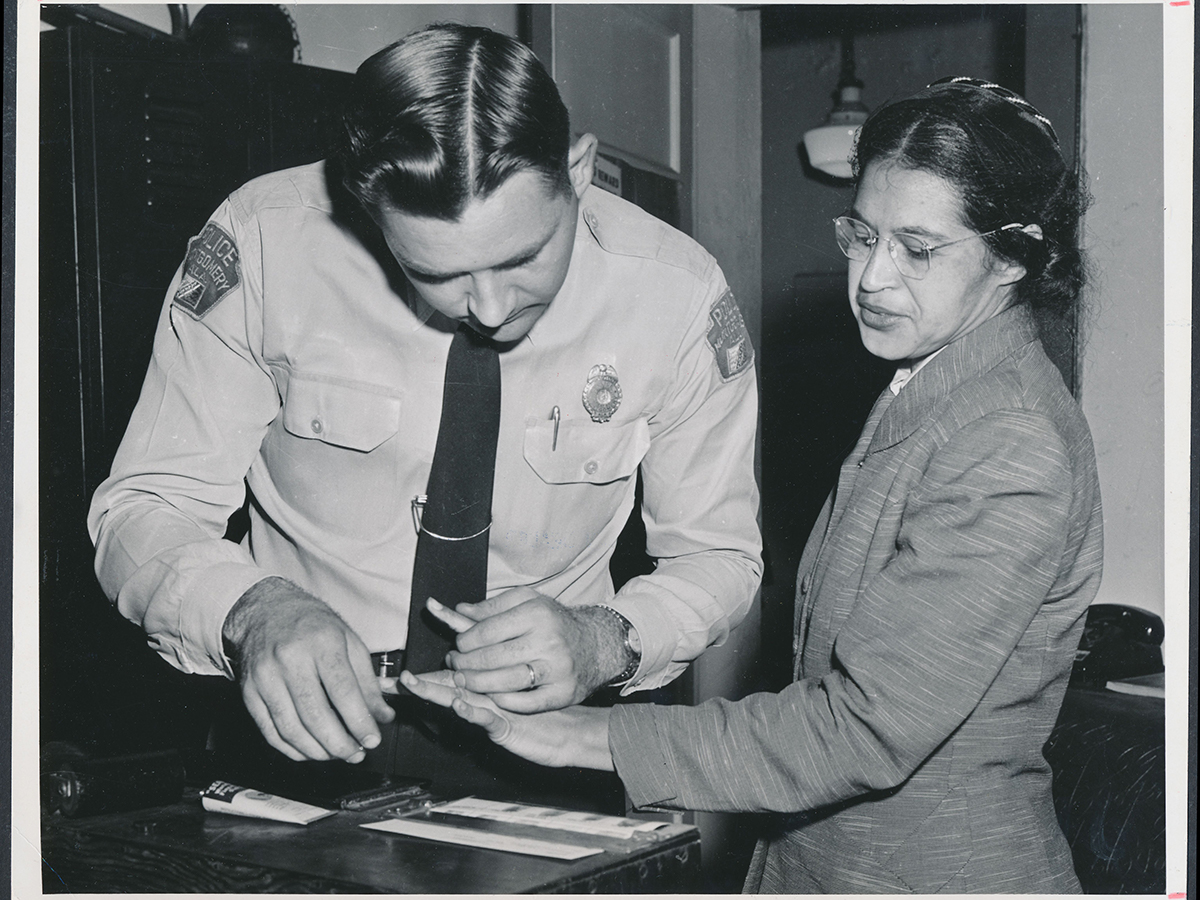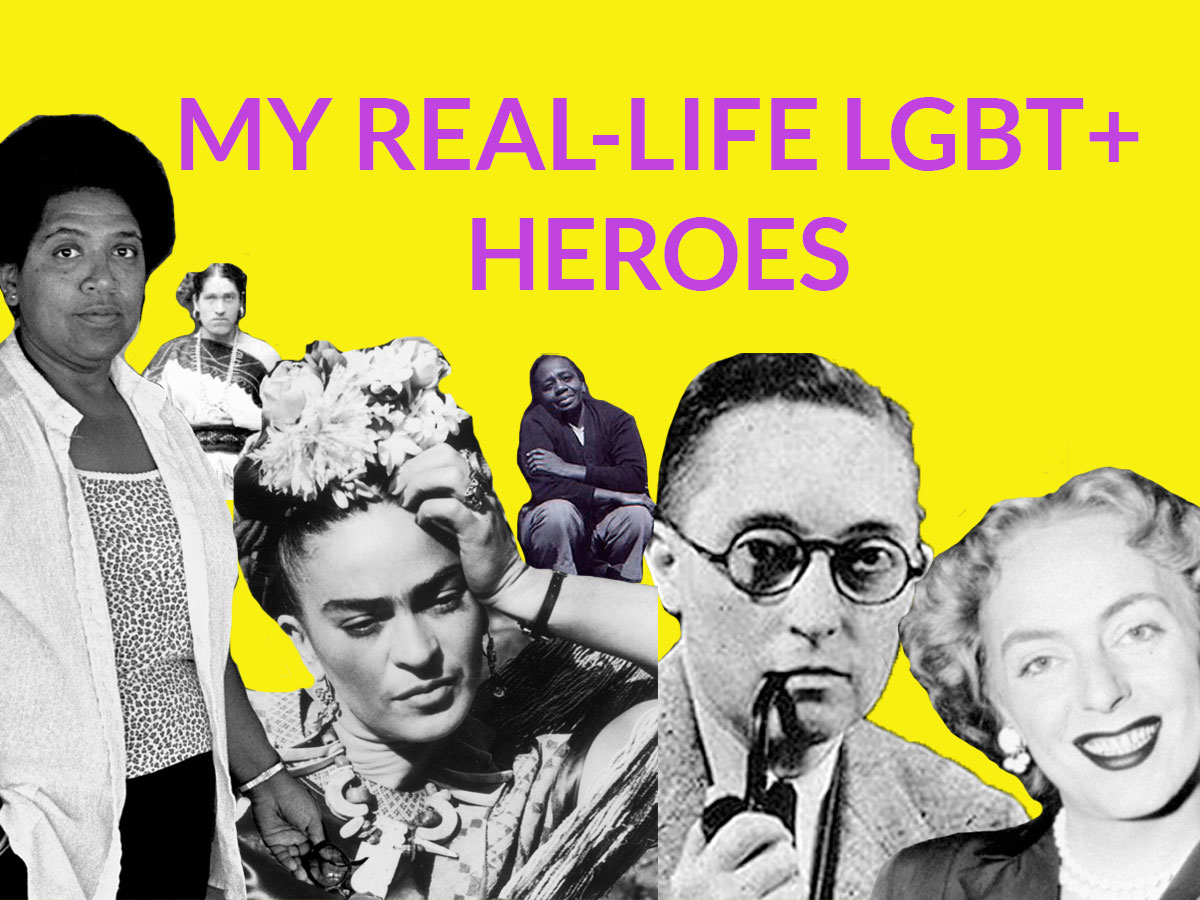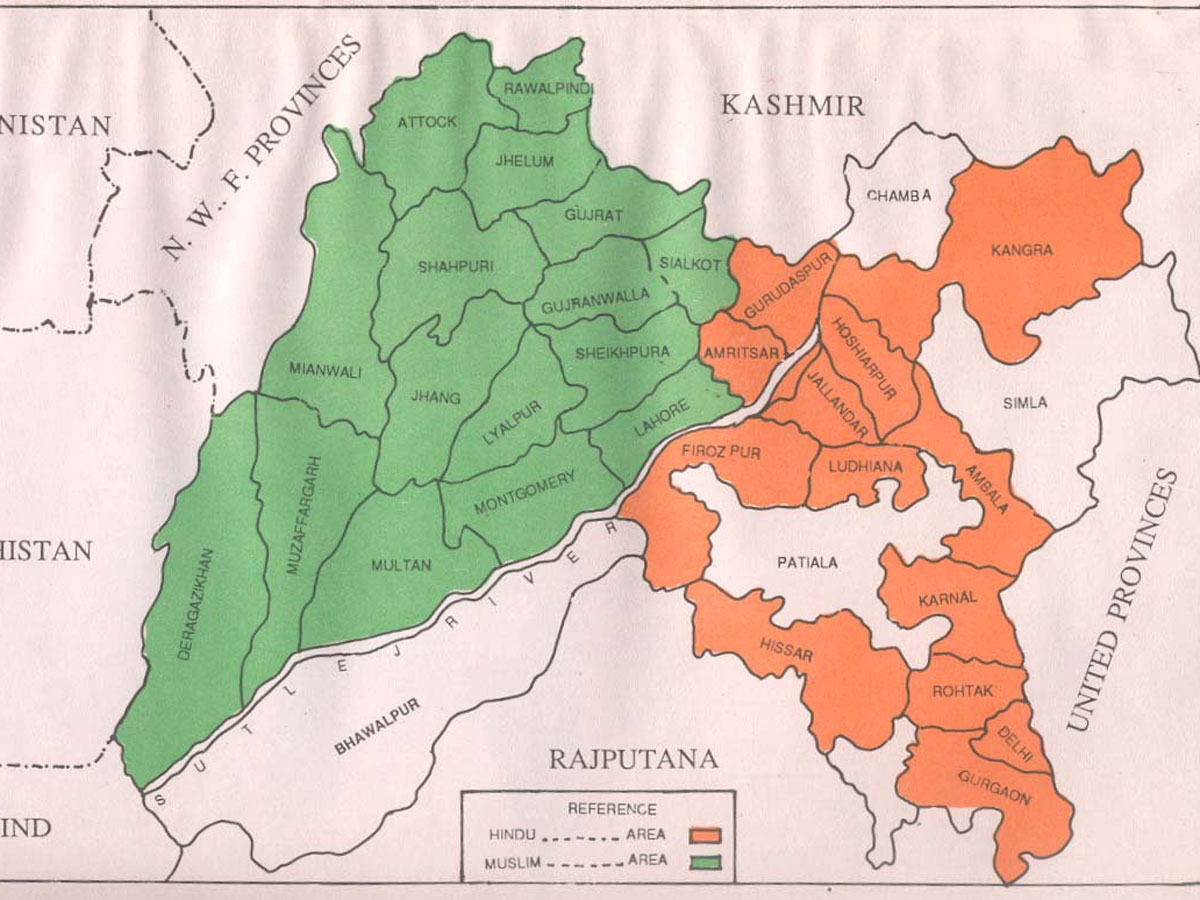Three Acts Of Protest That Changed The World
Do protests work? In this article Barker explores three of the most famous acts of protest and whether or not they had the desired impact.
Do acts of protest ever make a difference?
Most people would say yes, things only change when people band together and stand up. It’s important to protest things you believe in because it shows the power of teamwork and human beings coming together to stand for something. We’ve all signed a petition or two but when was the last time you actually went out into the street with banners or a megaphone? In this day and age where everything is digitalised, a human presence can have the biggest impact in the fight for what is right.
Protests have been happening for ever, everyone knows that. Dating back to the ancient Egyptians people have gathered in numbers to make their voice heard and try and make change in their lives.
This article looks at some of the most famous acts of protests, why they happened and whether or not they made an impact.
Thích Quảng Đức
Although this was a singular act by someone and not a group, it is still one of the most emotionally powerful protests in history. Thích Quảng Đức was a Vietnamese Buddhist Monk who on the 11th June, 1963 set himself on fire on the streets of Phan Đình Phùng Boulevard, in protest over the Diem regime and the government’s persecution of Buddhists. The day before, journalists were informed of ‘something important’ happening, but as the crisis between the monks and the government had been in motion for a few months, this message was widely disregarded by most reporters. One of the most harrowing things about this act of protest was that the monk made no noise or movement as his body charred. The monk’s sacrifice sparked news headlines worldwide and prompted Diem (the countries prime minister) to resume talks with the Buddhists in hopes of appeasing the monks. However, the reforms were not carried out which lead to deterioration of the dispute. As protests continued, special forces loyal to Diem’s brother launched raids on pagodas (Buddhist temples) to causing widespread death and damage and even the confiscation of Thích Quảng Đức’s heart, which did not burn upon re-cremation. Eventually Diem was assassinated in the back of an army vehicle, hands tied behind his back 5 months after the monks’ sacrifice.
Tank Man
In 1989, a student-led demonstration calling for democracy, freedom of speech and greater accountability turned grave when thousands of protestors were open fired upon by the military after demonstrators blocked the military advance towards Tiananmen Square; it was later dubbed as the Tiananmen Square Massacre.
The morning after was 5th June, and after the massacre that happened the day before tensions were running high. A line of Type 59 tanks were making their way down Chang’an Avenue when an unknown protestor stepped out into their path, wearing normal work clothing and holding a shopping bag in each hand. The man gestured towards the tanks to stop. The military tried to manoeuvre around the man but he repeatedly stepped out into their path with no concern for his own life. Eventually the tanks stopped their engines and the man climbed up onto the tank to speak to the crew. A brief conversation was then had between the lone protestor and the tank crew. After the man climbed down off the side of the tank, they restarted their engines in an attempt to continue moving forward but were halted again when the man leaped in front of the vehicle once again to continue the stand-off. He was then dragged away but two individuals and the tanks continued on their way, to this day the man’s identity and whereabouts are unknown and so too was his fate.
Some say he was executed shortly after whereas others say he still lives in the mainline and was never arrested or charged with anything. Although the tanks were not halted for good, this amazing display of courage and bravery showed the rest of China they could stand up for themselves and the government said it also showed the humility of the country’s military as they would not run him over and he didn’t come to harm, as far as we know.
[rife-guide-events]
Rosa Parks
Rosa Parks, born in 1913 in Tuskegee, Alabama, is one of the most famous black female civil rights activists, who stood up to the racial segregation in America. At that time, African Americans were treated as second-class citizens and the southern states still remembered and embraced slavery which ended in 1865. The majority of black Americans lived in these southern states where they had to deal with racist laws put in place to keep the races separated, they were given the name ‘Jim Crow Laws’ after the fictional character used to poke fun at black people.
This included: segregation on public transport and waiting rooms, inter-marriage between blacks and whites being illegal, complete segregation of towns and separate schooling from whites which were far from equal and provided an inferior quality of education.
On 1st December, 1955, in Montgomery, Alabama, Rosa Parks boarded the Cleveland Avenue bus headed for her house, she had finished her day at work as a seamstress and sat in the ‘coloured’ passengers seating section. As the bus filled up with white passengers, the bus driver moved the sign to separate the black passengers up a row and asked four African Americans to move. One of these people was Rosa Parks. After refusing to give up her seat, the driver called the police and had her arrested as was accustomed in those times and she was charged with violation of Chapter 6, Section 11 of the Montgomery City Code which gave the powers of a police officer to any employee in charge of a bus operating in the city. In response to her arrest, the African American community organised a boycott of all Montgomery’s city buses.
It was a huge success.
40,000 African Americans either car-pooled, rode in black-operated cabs or walked to work for several months, the idly-sitting buses became an eyesore and eventually Rosa’s attorney, Fred Gray, filed a lawsuit against the racial segregation laws. In June 1956 the district court declared racial segregation laws unconstitutional, the city of Montgomery appealed the court’s decision but the U.S Supreme Court upheld the lower court’s ruling and in November the same year laws requiring segregated seating on public buses were struck down.
These three people changed the world. They showed strength, bravery, resilience to the elites and dedication to their cause and will go down in history as people who took a stand. I picked these three people because two of them you can just look at their famous picture and immediately know who they are and what they stood for.
Head to M Shed to check out their resources on Bristol’s own historic bus protest.
Want your voice heard? Why not get involved in the Bristol City Youth Council

